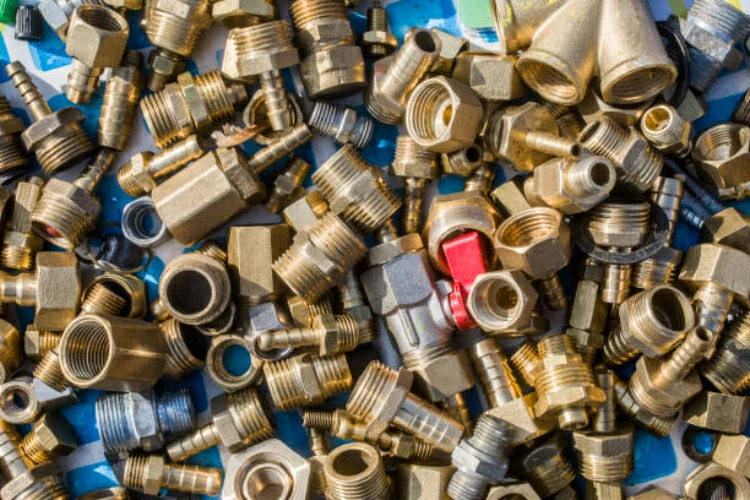Introduction
Brass ball valves are essential components in plumbing, industrial, and commercial systems, offering reliable control over the flow of liquids and gases. Understanding the structure and components of brass ball valves is crucial for their effective application in various industries. This article provides an in-depth exploration of the anatomy of brass ball valves.
Anatomy of Brass Ball Valves
Brass Body
The body of a brass ball valve serves as its main structural component, providing housing and support for internal parts. Typically made of brass, the body is durable and resistant to corrosion, making it suitable for a wide range of applications. Brass offers excellent machinability and thermal conductivity, further enhancing the performance of the valve.
Ball and Stem
At the heart of a brass ball valve lies the spherical closure unit, commonly referred to as the ball. The ball is hollow and features a passageway or bore through its center, allowing fluid or gas to flow through when the valve is open. Connected to the ball is the stem, which extends from the top of the ball to the handle. The stem enables users to rotate the ball to control the flow of media through the valve.
Handle and Actuator
The handle of a brass ball valve is an external component used to operate the valve. Typically made of metal or plastic, the handle is attached to the stem and rotates with it to open or close the valve. Some ball valves may also feature an actuator, which automates the valve’s operation using electric, pneumatic, or hydraulic power, providing remote or automatic control.
Seals and Seats
Seals and seats are crucial components of brass ball valves that ensure leak-proof operation. Commonly made of materials such as rubber, PTFE (polytetrafluoroethylene), or nylon, seals are positioned between the ball and the valve body to form a tight seal when the valve is closed. Seats, typically made of PTFE, provide additional sealing and support for the ball, enhancing the valve’s performance and longevity.
Conclusion
Brass ball valves comprise essential components like the brass body, ball, stem, handle, seals, and seats, each integral to the valve’s structure and function. Knowing these parts facilitates the selection, installation, and maintenance of brass ball valves across diverse fluid control scenarios.
Contact
IFAN is a professional manufacturer with 30 years of experience, dedicated to producing high-quality plastic pipes, fittings, and valves. Our products include brass valves, PPR valves, as well as various pipes and fittings to meet different customer needs. Whether you need plumbing and drainage pipes or valve products, IFAN can provide a diverse range of high-quality, cost-effective products to support your projects. Below is our contact information.
We will reply your email or fax within 24 hours.
You can call us at any time if there is any question on our production.
For more information,pls visit our webside https://www.ifanplus.com/
Pls Mailto: [email protected]






